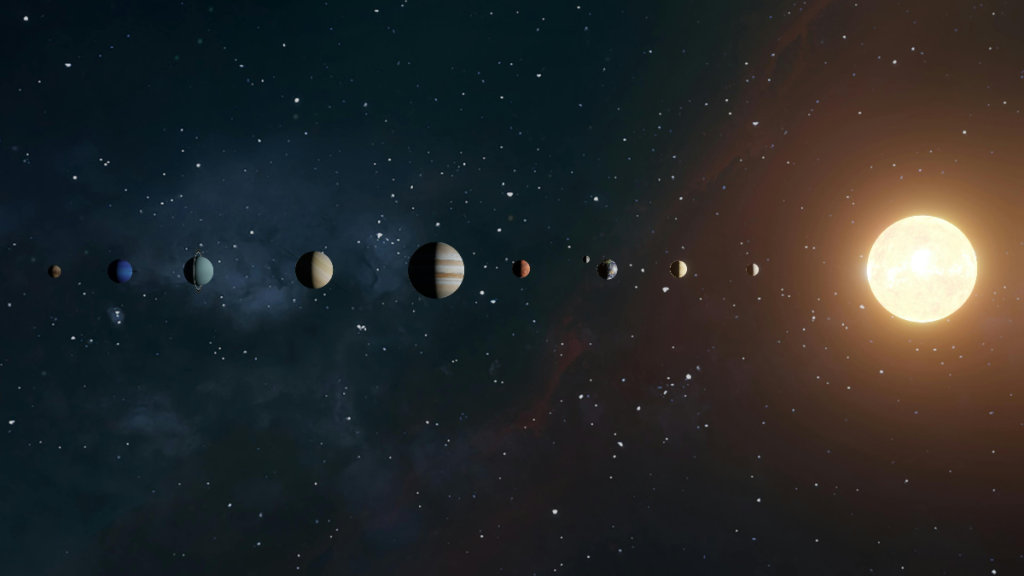Be sure to look at the night sky on June 3rd to see a somewhat rare event called a large “planetary parade.”
The term refers to an alignment of planets. In this case, six are involved—Mercury, Mars, Jupiter, Saturn, Uranus, and Neptune. Some parts of the United States will need binoculars or telescopes to witness the sight, but some will have a clear view of most of the planets with the naked eye.
“A planetary alignment is an astronomical event that happens when, by coincidence, the orbits of several of the planets of the Solar System bring them to roughly the same side of the Sun at the same time,” Kate Pattle, a Physics & Astronomy lecturer with University College London, told Glamour UK. “This means that they appear in a line on the sky when we view them from the Earth. In this case, the planets Jupiter, Mercury, Uranus, Mars, Neptune, and Saturn will form a line across the sky, in that order.”
New York State will have the best view of the planetary parade. Anyone in the area should head out at 5 am ET to catch the show, which will last until 5:26 am. Only Jupiter, Mercury, Mars, and Saturn will be visible without special equipment. You’ll need high-powered binoculars to see Neptune and Uranus. Technically, the alignment will also include Venus, but it will be too close to the sun to see.
The Planetary Parade Is Purely Visual
People on the eastern seaboard will have views of a partial planetary parade that day, as well. Floridians should be able to see Jupiter, Mercury, Mars, and Saturn at about 6 am. And those in Ohio can see that same lineup around 5:40 am. The alignment will remain in the sky for about a week.
To know more about viewing the planetary parade in your area, you can use the interactive Stellarium website or download the mobile Sky Tonight app.
It should also be noted that the alignment is purely visual. The planets are not actually lined up in space, and small planetary alignments are more common than large, which are defined by five or more planets.
However, literal planetary alignments do happen—but they are extremely rare. The last full event took place in 949 and the next won’t happen until May 6, 2492.
You can find the source of this story’s featured image here.
Want to be happier in just 5 minutes a day? Sign up for Morning Smile and join over 455,000+ people who start each day with good news.



